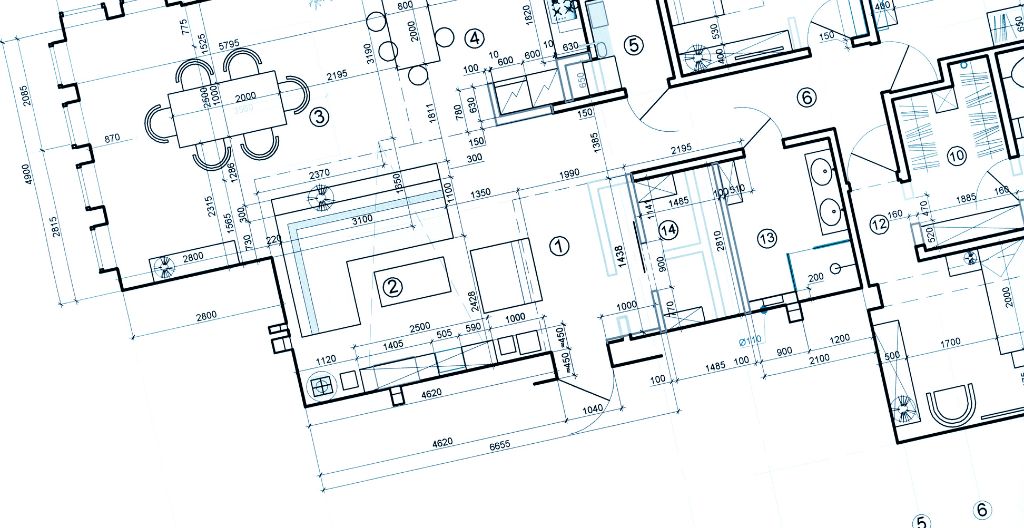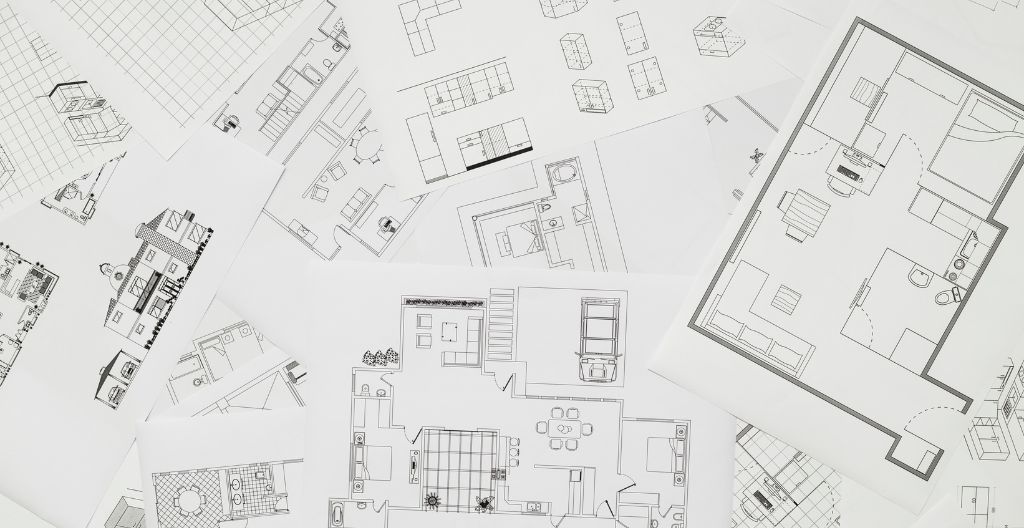This guide provides an in-depth exploration into the creation and utilisation of Technical Design Documents (TDDs).
Emphasising their role in technological advancement, we delve into the structure, components, and writing techniques that ensure comprehensibility.
By providing practical examples, we aim to enhance your ability to effectively communicate intricate technical concepts, fostering collaboration and streamlining processes.
Master the art of crafting TDDs and all the technical design aspects and navigate the complexities of technological solutions with ease.
Key Takeaways
- Technical design documents save time for the team by providing instructions without implementing code.
- Tech design docs can be handed off to less experienced team members.
- Design docs act as documentation for other team members to refer to.
- Creating design docs helps think through edge cases and problems.
What Are Technical Design Documents Used For?
Technical design documents are crucial in software development. They supply us with an comprehensive blueprint that shows us the technical characteristics of our projects. This makes it easy for better communication to happen, better planning and much more accurate execution among the members of the team.
These documents are essentially a roadmap for the project which starts with understanding the conceptual design definition and illustrates the technical requirements, system architecture, data models, and detailed design elements.
A technical design document example for software would include sections on system architecture, data design, interface design, and procedural details.
Such a document not only assists developers in understanding the underlying structure of the software but also helps project managers track progress and identify potential roadblocks.
With a well-drafted technical design document, teams can ensure a smooth development process and successful project delivery.
Why Are Technical Design Documents so Important in Problem Solving?
If you want to be successful in software development, you will always rely on the use of technical design documents for effective problem-solving. These documents never lie and they provide a detailed framework of the system. They are to be used as reference throughout the project’s life.
These critical documents aid in driving informed decision-making, ensuring code consistency, and reducing unnecessary rework. The purpose of a technical design authority is pivotal in overseeing this process, guaranteeing that the design documents are comprehensive and adhere to the necessary technical specifications.
Clarity is one of the key benefits of technical design documents. They clarify the scope and direction of the project, helping teams to avoid ambiguity and misunderstandings.
Consistency is another advantage of these documents. They help maintain a uniform approach to coding standards and practices, fostering team synergy and efficiency.
Reduction in rework is also possible with technical design documents. This type of technical content outlines the solution blueprint, these documents minimise the risk of rework, saving time and resources.
Lastly, technical design documents provide a solid foundation for making efficient decisions. They enable informed decision-making, mitigating potential risks, and ensuring successful project outcomes.
What Is the Best Time to Create Technical Design Documents?
Determining the optimal moment for crafting technical design documents is a crucial aspect of project management, as these documents play a significant role in guiding the development process, especially for complex tasks that require more than a few hours to implement.
You shouldn’t create these documents too early since it might result in wasted resources if there happens to be some change in the requirements. At the same time, if you create them too late it might lead to delays and problems in communication. The right time to create them is as soon as the requirements are fixed and are not to be changed anymore. However, keep in mind that this needs to happen before the implementation phase starts.
This ensures that all team members have a shared understanding of the project’s technical aspects, enabling efficient collaboration and reducing the likelihood of costly mistakes. Furthermore, it facilitates the onboarding of new team members, as they can refer to these documents to quickly understand the project’s technical aspects.

Why Utilising a Template for a more Efficient Technical Design Document Creation?
Leveraging a well-structured template can significantly streamline the process of creating technical design documents, enhancing consistency and efficiency across all projects. This method ensures that all critical aspects of the design are captured comprehensively and systematically.
A well-formulated template:
- Facilitates easy navigation through the document, making it user-friendly for both the author and the reader.
- Standardises the documentation process, ensuring uniformity in the presentation of information.
- Helps in the efficient allocation of time and resources by reducing redundancies.
- Enhances the clarity of the document, making it easier for all stakeholders to understand.
Sign up for our Publishing Newsletter and start delivering creative, concise content
What are Best Practices for Writing Technical Design Documents?
Understanding an engineer’s perspective and employing a well-structured template for your technical design documents can drastically improve their effectiveness and readability. The key is to ensure that your documents are concise, clear, and comprehensive. They should effectively communicate the problem, proposed solution, and implementation plan, while also addressing potential alternatives and risks.
Incorporating diagrams and tables can further enhance comprehension. For instance, consider the following table:
| Section | Purpose | Details |
|---|---|---|
| Problem | Define the problem | Explain the issue in detail |
| Solution | Propose a solution | Describe the proposed solution, its benefits, and how it addresses the problem |
| Implementation | Outline the implementation plan | Specify the steps needed for implementation |
| Alternatives | Discuss alternatives | Highlight any alternative solutions and why they were not chosen |
| Risks | Identify potential risks | Discuss potential risks or drawbacks and mitigation strategies |
This structured approach can significantly improve the readability and effectiveness of your technical design documents.
Frequently Asked Questions
What Kind of Software or Tools Can Be Used to Create a Technical Design Document?
Technical design documents can be created using various software tools. Popular choices often include collaborative tools such as Google Docs and Confluence. For creating diagrams, software like draw.io or Lucidchart are commonly used.
Can a Technical Design Document Be Modified Once It’s Finalised and Shared With the Team?
Yes, a technical design document can be modified even after it’s finalised and shared. It’s a living document, reflecting the evolution of a project, and can be adjusted to accommodate feedback, new requirements, or unforeseen challenges.
How Are Technical Design Documents Used in Agile or Scrum Development Methodologies?
In Agile or Scrum methodologies, technical design documents are used to detail solutions for specific features or issues. They guide development sprints, facilitate team understanding, and serve as a reference throughout the product lifecycle.
How Does a Technical Design Document Differ From a System Architecture Document?
A technical design document details the implementation approach for specific features, while a system architecture document outlines the overall structure, interactions, and design of a system or platform at a high level.
What Are Some Real-World Examples of Successful Technical Design Documents?
Successful technical design documents include Google’s Python Style Guide, Facebook’s Flux Application Architecture, and Amazon’s DynamoDB. These documents provide comprehensive technical details, ensuring clarity and efficiency in their respective development processes.
Conclusion
This guide has illuminated the structure, components, and writing techniques integral to the creation of effective technical design documents.
Such documents prove crucial for streamlined technical processes and heightened collaboration.
By utilising templates, learning the difference between content strategy vs content marketing and following best practices, one can craft comprehensive and comprehensible TDDs.
Ultimately, the ability to communicate sophisticated technical concepts with clarity and precision enhances the overall quality and success of technological solutions.

